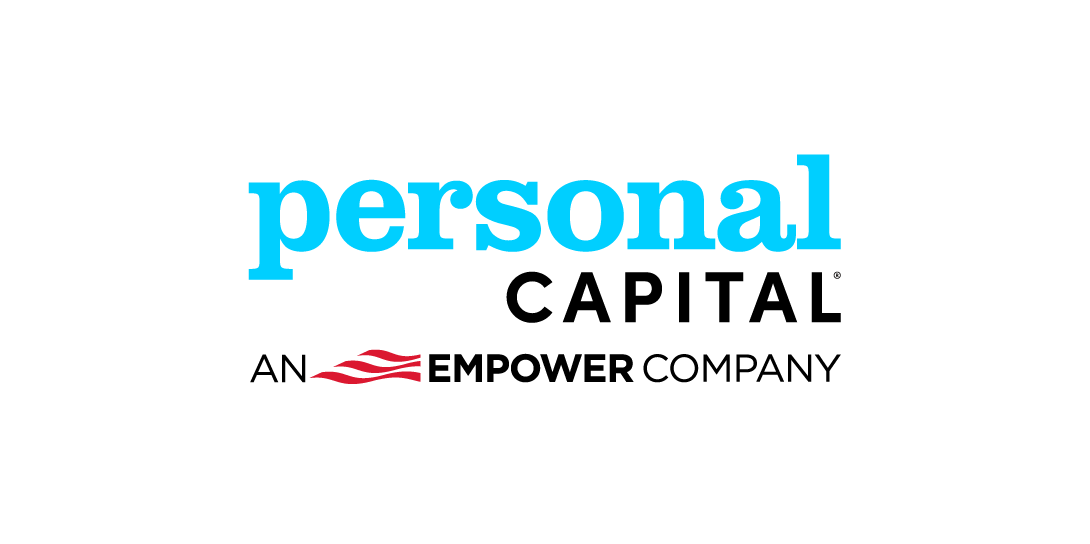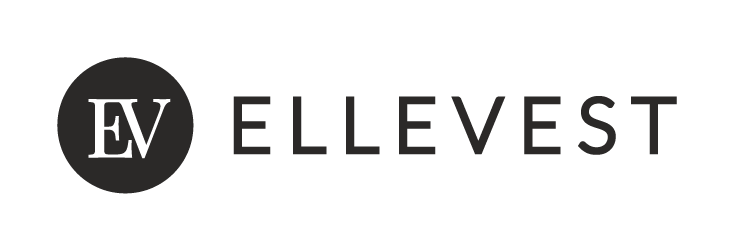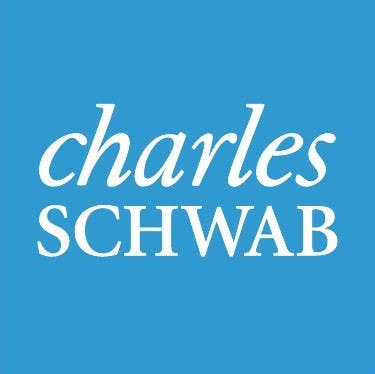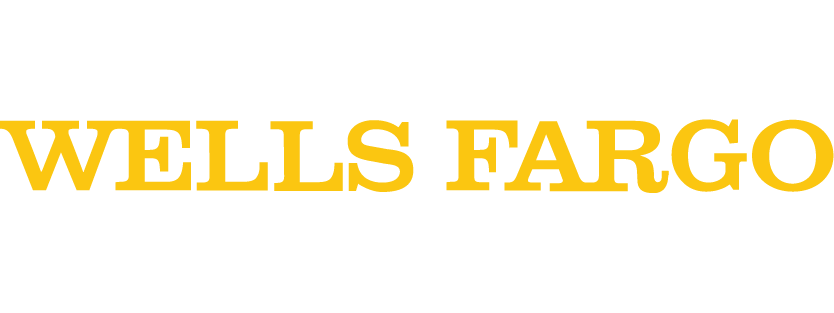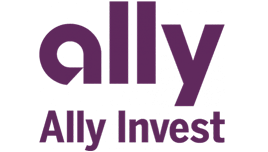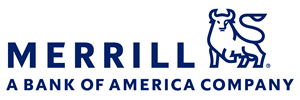SigFig review 2023
The Bankrate promise
At Bankrate we strive to help you make smarter financial decisions. While we adhere to strict , this post may contain references to products from our partners. Here's an explanation for .
SigFig: Best for
- Cost-conscious investors
- Human advisors
- Low fund fees
Investors looking for a low-cost robo-advisor may find SigFig Managed Accounts particularly compelling. You won’t pay a management fee until you reach $10,000 in assets and then the fee is just 0.25 percent annually, in-line with the industry average. You also won’t have to worry about getting charged miscellaneous account fees, which can eat into your overall returns, and fund fees are reasonable as well. You’ll also have access to features that are popular with robo-advisor investors such as automatic rebalancing and tax-loss harvesting. SigFig is one of the few robo-advisors that gives clients access to human investment advisors to help with more complicated questions you may have.
However, you’ll need $2,000 to get started and won’t have access to a cash management account, which is a standard feature of most robo-advisors. Fractional shares are also only available on reinvested dividends, so it’s possible that your initial investment won’t be completely invested.
If you’re looking for a robo-advisor with a top-notch cash management account, you might consider Wealthfront, while those who are unable to meet high account minimums should check out Acorns or Stash.

We want to know what you think about SigFig
Do you have experience with SigFig? Let us know your thoughts.
SigFig: In the details

Overview
SigFig keeps costs low whether it’s account fees, fund fees or the annual management fee. You’ll also get access to human advisors and benefit from automatic rebalancing and tax-loss harvesting. But the lack of a cash management account and relatively high account minimums may cause some investors to look elsewhere.
Pros: Where SigFig stands out
Management and account fees
SigFig customers will be able to take advantage of one of the best aspects of investing with a robo-advisor: low management fees relative to traditional financial advisors. SigFig doesn’t charge you any management fee on the first $10,000 in your account and it’s just 0.25 percent annually after that, in line with industry leaders like Betterment and Wealthfront.
You also won’t get dinged with annoying account fees for things like inactivity, terminating an IRA or transferring your account. These fees ultimately eat into your return as an investor, so eliminating them altogether is a great feature and consistent with SigFig’s low-cost approach.
Many other robo-advisors come with fees that can run over $100 combined for various actions.
Human advisor access
One major bonus that SigFig offers is unlimited access to investment advisors. Once you reach $10,000 in assets, you’ll be able to schedule an appointment online or over the phone and get all your questions answered by a professional. Speaking to an actual human expert is becoming rarer in our increasingly digital world. There are some questions that are better handled by a human than by an online chat robot.
While there are some other robo-advisors that offer access to human advisors, that can sometimes come at a higher tier of service. Both Betterment and Schwab Intelligent Portfolios provide access to financial advisors at their premium service tiers, which also come with higher annual fees. SigFig offers access to clients for no additional charge.
Fund expenses
SigFig also earns high marks for having low-fee ETFs in its portfolios. Robo-advisors generally come with two types of recurring fees: an annual management fee that goes to the robo-advisor itself, and the annual expenses for the ETFs used to build portfolios. Both fees eat into your returns, but people sometimes forget about the fees associated with ETFs.
SigFig uses a group of 24 ETFs to build portfolios and ultimately includes eight in each one. Annual fees range from 0.07 percent to 0.15 percent for the ETFs, which puts it close to industry leaders. Vanguard Digital Advisor, known for being a low-cost champion, uses ETFs with expense ratios of 0.03 percent to 0.08 percent.
Portfolio management
The 24 ETFs SigFig offers are more than what most robo-advisors use to build portfolios, with many relying on fewer than 10. Having these additional ETFs available makes it easier to build a portfolio that fits your specific needs and investment goals.
Cons: Where SigFig could improve
No cash management account
Leading robo-advisors have made cash management accounts a major part of their overall offering. So the fact that SigFig doesn’t offer one at all is a significant shortcoming. Instead, your cash is held in a money-market fund.
Cash management accounts at leading robo-advisors come with several key features such as bill pay, check deposit and writing, and a debit card with access to thousands of ATMs across the country. You’ll also typically earn an interest rate above what is offered through traditional savings accounts. Wealthfront and Stash are two options to consider if a strong cash management account is an important feature for you.
No fractional shares
Many investors who are most interested in using a robo-advisor are just starting out and may not have large sums of money to invest. Fractional shares can be a great way for new investors to make sure their full deposit is invested without any leftover money sitting in cash.
But SigFig doesn’t offer fractional shares on new purchases as part of its service. This means that if you invest $2,000, the full amount may not be invested because you couldn’t purchase another full share of an ETF. The leftover money is held in a money market fund, where it will earn lower returns. The lack of fractional shares means investors could end up missing out on higher returns than they would at another robo-advisor where these smaller-than-whole shares are available.
However, fractional shares are available when your dividends are reinvested. This means that if you receive a $5 dividend from a fund you’re invested in, the full $5 will be reinvested and will likely include fractional shares.
Educational material
SigFig offers almost no educational content on its website despite offering a service that targets new investors. Investing can be intimidating for many people, particularly those who are new to the space. Adding basic explainers and information about how different types of investments work could be a real boost to SigFig’s offering. Investors interested in a more robust educational platform might consider Fidelity Go, which comes with all of Fidelity’s tools and educational resources.
Account minimum
SigFig’s account minimum of $2,000 is a bit steep compared to leading robo-advisors. Betterment’s service comes with no account minimum and Wealthfront will let you get started with $500. Acorns and Stash, which have gained a following by offering micro-investing, will build a portfolio for you for just a $5 investment. Robo-advisors tend to appeal more to younger investors and requiring $2,000 to get going might be a hurdle for some.









